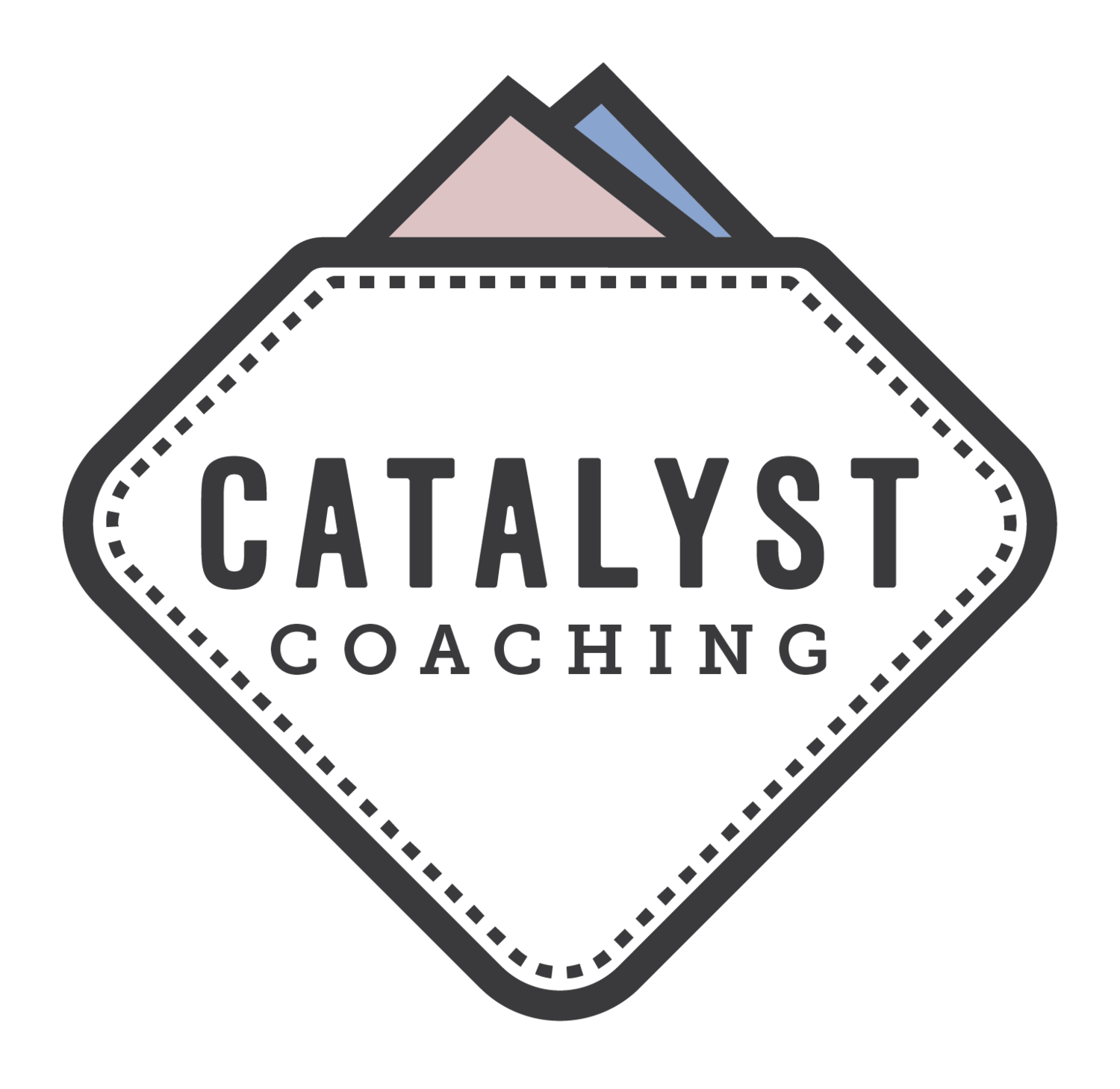Inside the Schelde Pelo with Eric Voigt
/My favorite ride starts with a solid smash to get to the world famous “Schelde Pelo” group ride on time. The group ride departs from Ghent at 9 am and we (ideally this ride is done with at least 1 good friend) meet up with the ride at the Zingem bridge at about 9:20. After a forgotten water bottle, inner tube, or mid ride snack, we usually end up having to race to the bridge so we don’t miss it. The group ride itself is pretty mundane, just going up and down the Schelde canal, but go mid week and the ride becomes a smash fest. After about 2
hours, the average speed is almost always around 40 kph, while the average power is at a nice mid zone 1 number (sometimes, upwards of 100 people show up to this group ride, offering plenty of places to
hide).






















